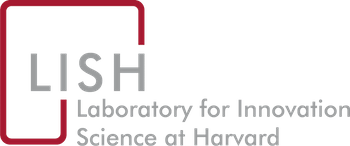Organization & Processes
The Laboratory for Innovation Science at Harvard (LISH) conducts research on how labs operate, including the process researchers take in developing new products and ideas and how best to capitalize on successes and bring solutions out of the lab and into commercial use.
Key Questions
![]()
What are the drivers of productivity in science and engineering laboratories?
![]()
How can crowds be integrated with traditional R&D functions in companies and academic labs?
![]()
What are the biases in the processes of evaluating innovative ideas? How can they be overcome?
![]()
What are the predictors of breakthrough success for innovative scientific ideas?
![]()
How can technology commercialization be accelerated from academic and government labs?
Projects in this research track are most directly associated with the Managing R&D Labs & Organizations and Technology Translation areas of application, which include experiments around grant applications and scientific awards, the development of a massive open online course on technology translation, and the integration of crowds into academic labs. See below for more information on each of the individual projects in this research track.
Related Publications
- 1 of 5
- »
